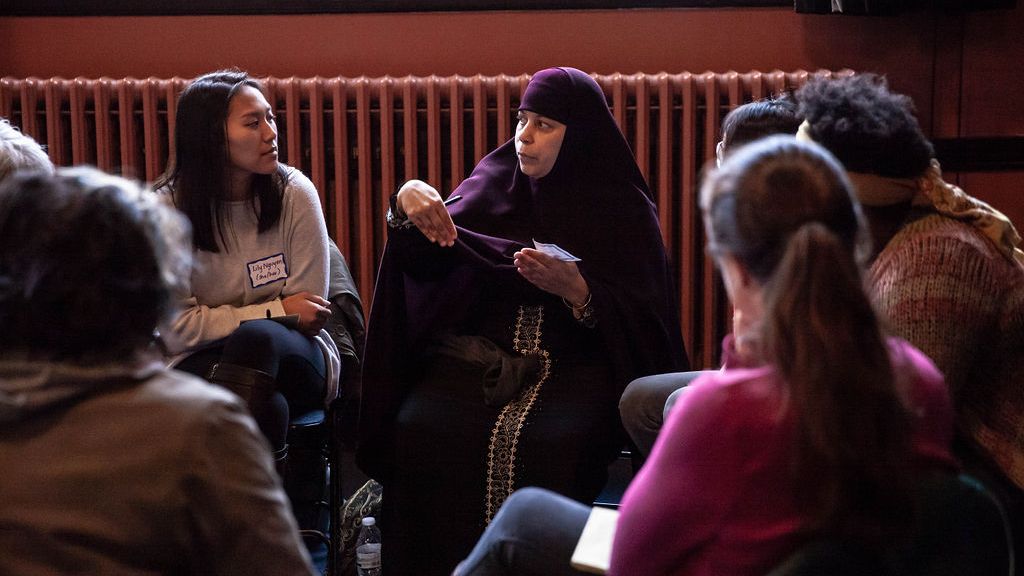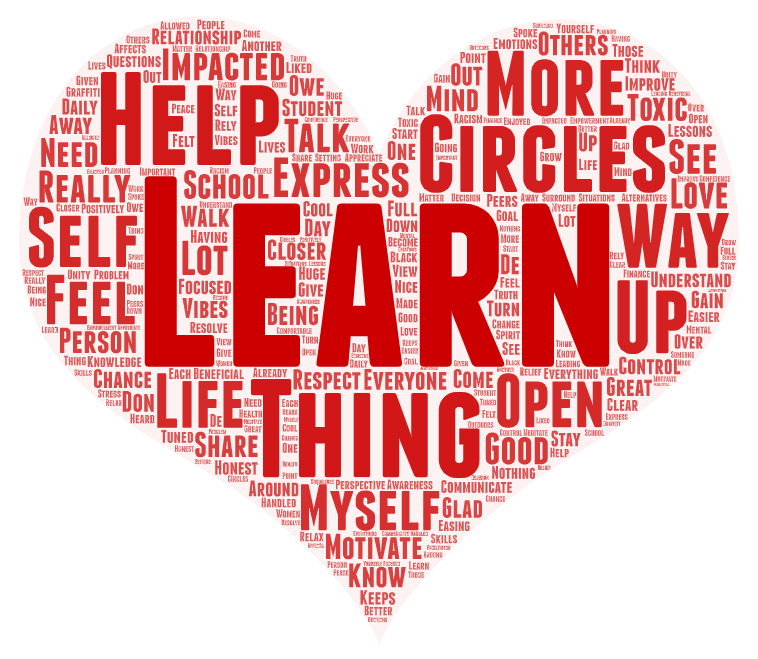Police Reform and Restorative Justice
Dear Community,
Recently, social media has captured the murders of Black people at the hands of police and made visible to the world the terrors of police brutality, institutionalized anti-Blackness and grief and rage that are not new to Black communities. DNDA stands in solidarity with others across the nation who are yearning for more than reform; for our current form of policing to be defunded so that restorative and community-led alternatives that center healing and Black liberation, can be brought to the forefront.
Police reform efforts from Minneapolis to Seattle have failed. Some laws have been changed but day-to-day practices like profiling have not ceased. To prevent unnecessary violence, policing must be transformed at every level from its size, funding, values, and approaches to managing wrongdoing.
Historically, in the early 1600s, policing in the United States began in the form of night watches composed of community volunteers. In Southern states policing took the form of Slave Patrols, the first of which was created in the Carolina colonies in 1704. The primary functions of the slave patrols were to chase down and return slaves to their owners; to deter slave revolts, and to maintain discipline for slave-workers if they violated any plantation laws. After the civil war these patrols evolved into the primary means of controlling freed slaves and enforcing Jim Crow segregation laws. As cities grew in the 1830s, the U.S. saw the development of local, bureaucratic and centralized police forces and the modern police force emerged as the primary response to “disorder.” Given this violent legacy, policing continues to do disproportionate harm to Black people and other marginalized members of our own communities.
Law enforcement must complement other community-based problem-solving tactics and preventative measures providing networks of support for vulnerable populations. Police cannot be the only source of a society’s response to human conflict and disorder. To achieve safer and more equitable communities, a holistic and restorative approach to punishment must be sought after. Restorative justice can offer a way to rebuild trust and community confidence when social conflict arises.
The first use of Restorative Justice in a US court of law was in a vandalism case in 1974. Two teenagers had to meet with and pay restitution to everyone whose property they had vandalized, bringing awareness and accountability to their actions. Restorative Justice provides individuals and communities the opportunity to understand their role in controlling and reducing occurrences of crime, and seeks to find a balance between formal and informal measures to address the causes and consequences of wrongdoing. Restorative Justice views crime as harm done to people – victims, offenders, and communities. And if crime is about harm, then accountability is about learning to understand that harm and attempt to repair it.
Community members discussed trauma and healing at the Let’s Talk Race Series event Restorative Justice and Healing.
As an organization working through a racial equity lens, we at DNDA have sought to lead our community in Delridge and beyond, towards the embrace and importance of restorative practices. Since 2018, with funding from King County’s Best Starts for Kids Initiative, and support from the Seattle Foundation, we have worked with over 60 High School scholars at three of Seattle Public School’s Interagency Academy campuses. Through community partnerships we have provided trauma-informed and restorative services through peacemaking and healing circles, mentorship and the arts.
Our program aims to disrupt the school to prison pipeline, increase confidence and personal net worth, and reduce conflict. From the very start, scholars at Beacon Academy at Youngstown began asking to resolve their conflicts with other students and teachers through circle mediation. In one case, a heated conflict between a teacher and a student was resolved in circle. The result? The student was able to remain in the school, and the police were not called. One participant from Beacon Academy stated, “I really enjoyed circles with this facilitator. She has brought a spirit of unity and peace to Beacon and the circles have given us a chance to grow closer as a school.” The power within restorative practices is in its ability to help individuals understand their role in the ultimate outcome of navigating conflict.
Collective feelings of Interagency scholars participating in our Restorative Justice program
Many of the scholars in our program mentioned feeling respected, valued and able to use non-violent methods of dialogue and communication to resolve disputes. This kind of restorative approach has not only been effective for the scholars we serve, but also for many other groups transforming and re-imagining the ways in which our society addresses punishment for harm done.
As our communities continue to struggle with our history of police violence and begin to build new bridges of healing and trust, DNDA will be here to work alongside those seeking true healing and human connection.


